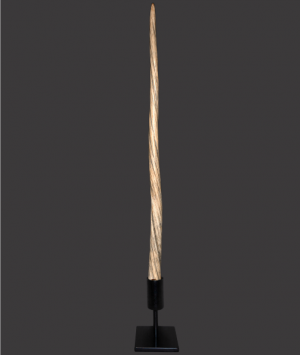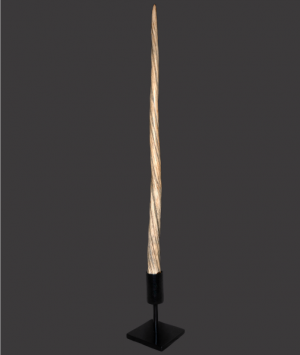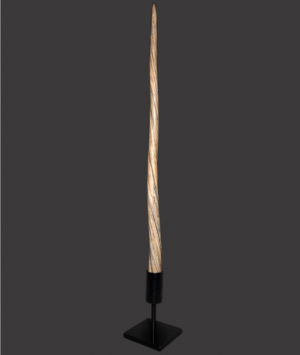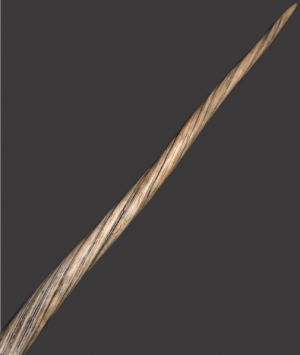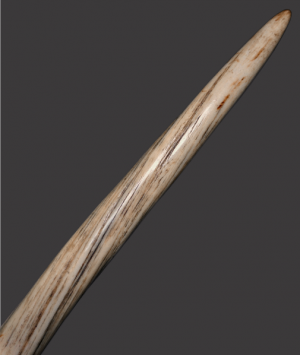Item number: 7180
A Fine Early 19th Century Narwhal Tusk, ‘Monodon Monoceros’
Ex English Private Collection
Although commonly referred to as a tusk, these dramatic objects are in fact what scientists describe as the most unusual tooth in nature. Usually belonging to the male of the species, but not unknown in female, the helical tooth of the Narwhal is horizontally impacted, protruding from its upper jaw and through the lip, strikingly crowning the snout. Much debated and theorised by modern scholars, the combination of the Narwhals remote, inhospitable habitat combined with its refusal to survive in captivity greatly impedes detailed and prolonged study, further contributing to maintaining its legendary status and making it one of the least understood and most extraordinary mammals still in existence.
The word ‘Narwhal’, originates from the Viking language of ‘Old Norse’, and translates as “corpse-like whale”, in reference to the creatures pale, mottled grey white body . An accurate observation confirmed by later European sailors and explorers, who likened the Narwhals colouration to that of a drowned man.
Without doubt, mankind’s fascination with Narwhal tusks extends deep in to history. In medieval Europe the existence of the elongated, lance like tusks, un-comparable with anything else found in nature fascinated and confounded in equal measure and became regarded by some to be irrefutable evidence confirming tales from deep antiquity of a mythical horse like creature with a long spiralling tusk emerging from its forehead known as the unicorn, the tusks of the beast possessing great magical powers. The desire to attain an example is evidenced by the enormous value placed on them, far exceeding their weight in gold. By the 17th century the true origin of the tusk had been discovered and documented however this did nothing to diminish their desirability, becoming an essential addition to any serious collection of natural phenomena or cabinet of curiosities.
Due to their rarity and considerable value Narwhal tusks have always been associated with wealth and power and are held in great reverence around the world. The Danish throne is made from them and in England the Royal sceptre.
A fine early 19th century specimen of wonderful colour and condition with discreet original piercing for suspension.
CITES Appendix II, Annex A (documentation available).
Dimensions (Approximate)
Length: 76cm, Overall Height: 84.5cm (Including stand)

